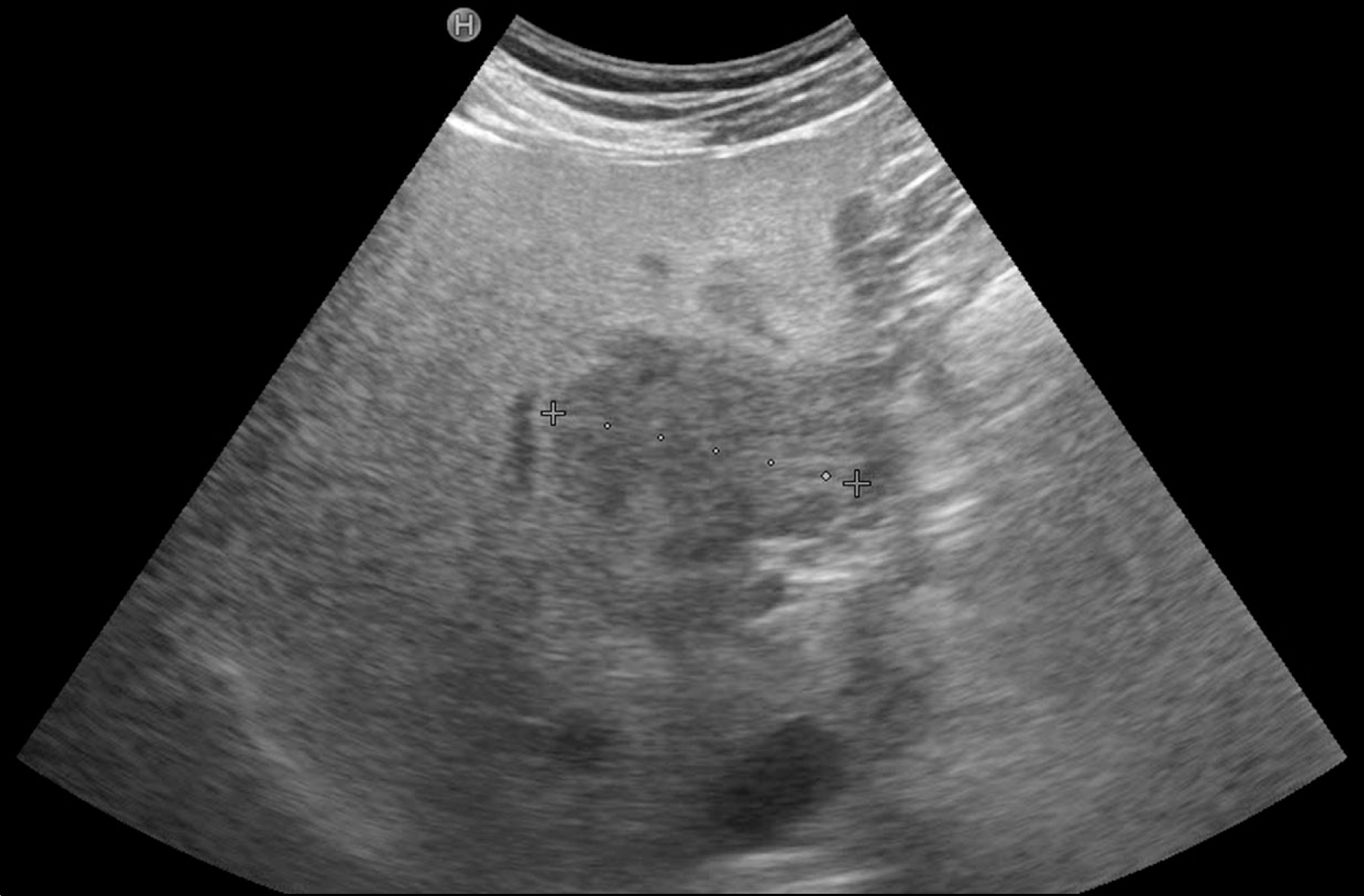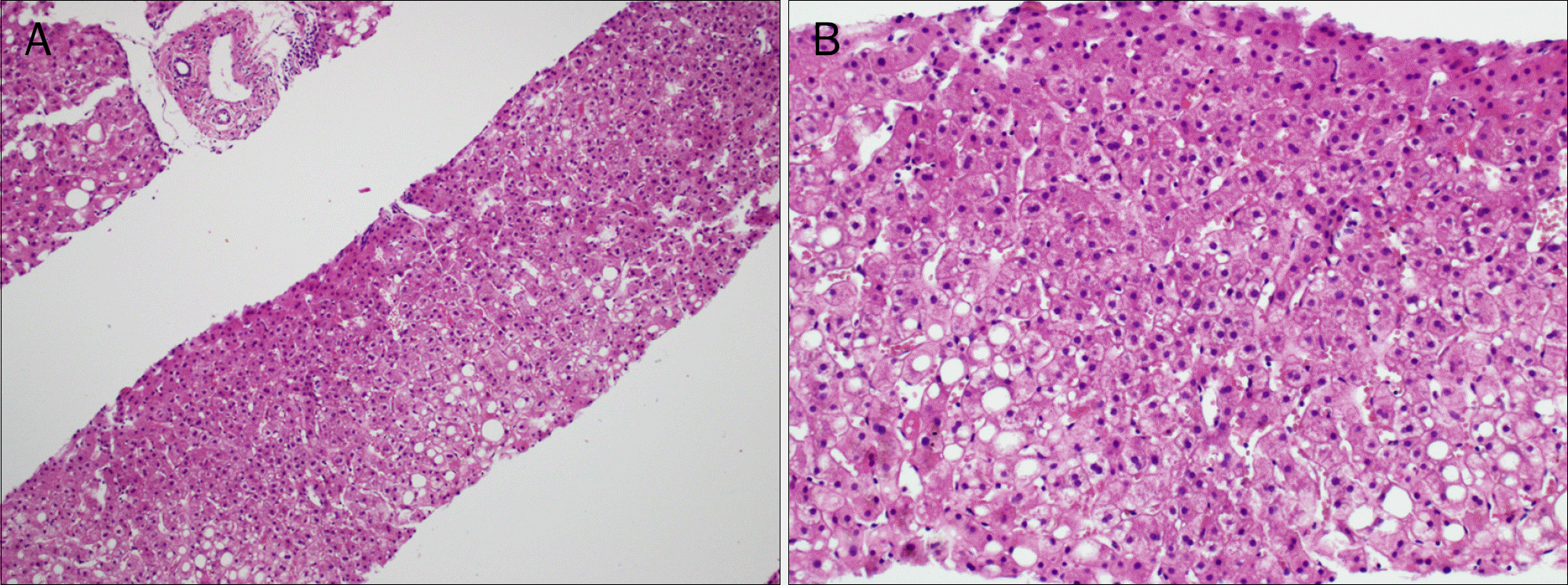References
1. Preiss D, Sattar N. Nonalcoholic fatty liver disease: an overview of prevalence, diagnosis, pathogenesis and treatment considerations. Clin Sci (Lond). 2008; 115:141–150.

2. Ministry of Food and Drug Safety. Influence of dietary intake on non-alcoholic fatty liver disease in Korean. Cheongwon: Ministry of Food and Drug Safety;2012.
3. Boyce CJ, Pickhardt PJ, Kim DH, et al. Hepatic steatosis (fatty liver disease) in asymptomatic adults identified by unenhanced low-dose CT. AJR Am J Roentgenol. 2010; 194:623–628.

4. Alpern MB, Lawson TL, Foley WD, et al. Focal hepatic masses and fatty infiltration detected by enhanced dynamic CT. Radiology. 1986; 158:45–49.

5. Kratzer W, Akinli AS, Bommer M, et al. Prevalence and risk factors of focal sparing in hepatic steatosis. Ultraschall Med. 2010; 31:37–42.
6. Kemper J, Jung G, Poll LW, Jonkmanns C, Lüthen R, Moedder U. CT and MRI findings of multifocal hepatic steatosis mimicking malignancy. Abdom Imaging. 2002; 27:708–710.

7. McKenzie A, Gill G, McIntosh R, Hennessy O, Pryde D. Computed tomographic and ultrasound appearances of focal spared areas in fatty infiltration of the liver. Australas Radiol. 1991; 35:166–168.

8. Chong VF, Fan YF. Ultrasonographic hepatic pseudolesions: normal parenchyma mimicking mass lesions in fatty liver. Clin Radiol. 1994; 49:326–329.

9. Hamer OW, Aguirre DA, Casola G, Lavine JE, Woenckhaus M, Sirlin CB. Fatty liver: imaging patterns and pitfalls. Radiographics. 2006; 26:1637–1653.

10. Basaran C, Karcaaltincaba M, Akata D, et al. Fat-containing lesions of the liver: cross-sectional imaging findings with emphasis on MRI. AJR Am J Roentgenol. 2005; 184:1103–1110.

11. Valls C, Iannacconne R, Alba E, et al. Fat in the liver: diagnosis and characterization. Eur Radiol. 2006; 16:2292–2308.

12. Mathieu D, Luciani A, Achab A, Zegai B, Bouanane M, Kobeiter H. Les pseudo-lésions hépatiques. Gastroenterol Clin Biol. 2001; 25:B158–B166.
Go to : 
 | Fig. 1.Abdominal ultrasonography shows hypoechoic mass with irregular margin at segment IV of liver. |
 | Fig. 2.Abdominal CT scan reveals 6.6×5.3 cm sized mass-like lesion with enhancing at both pre-enhance phase (A) and portal phase (B) images. Axial contrast enhanced portal phase image shows a diffusely hypodense liver (55 hounsfield units [HU]) in comparison with the spleen (110 HU) with a spared zone (segment IV). |
 | Fig. 3.Liver MRI. (A) Portal phase shows a lobulating, enhancing mass at segment IV of Liver. There is noted a aberrant right gastric vein in mass at segement IV of liver (arrow). (B) Hepatobiliary phase reveals high signal intensity at segment IV of liver. Diffusion weighted (C) and T2-weighted (D) images show no significant signal changes between segment IV of liver and the other part of liver. |




 PDF
PDF ePub
ePub Citation
Citation Print
Print




 XML Download
XML Download